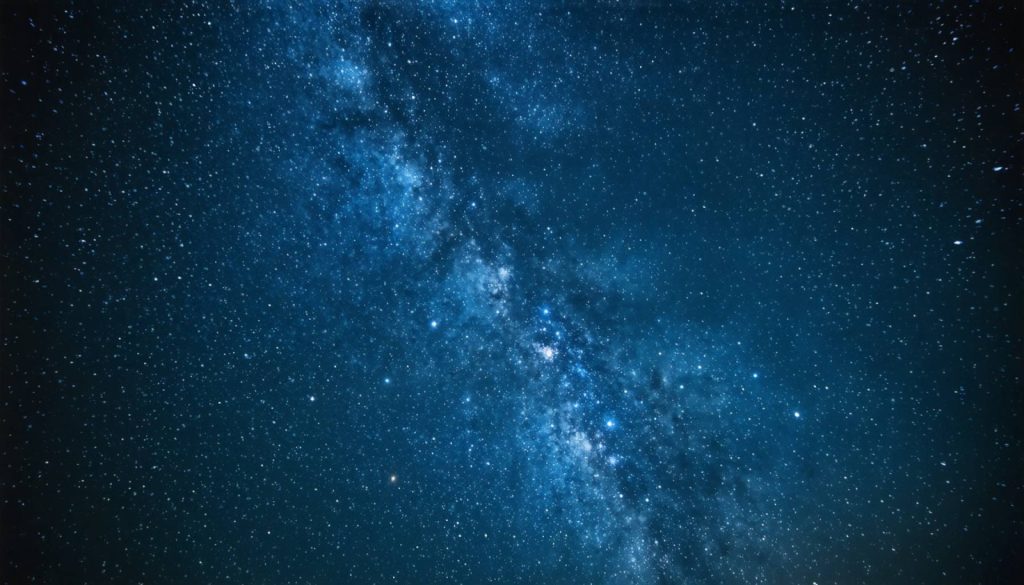
- The cosmos offers year-round celestial events, igniting curiosity and wonder in skywatchers of all ages.
- The Geminid Meteor Shower in December features up to 120 meteors per hour, enchanting spectators worldwide.
- The historical Lyrid Meteor Shower in April showcases fast, bright meteors with a 2,700-year legacy.
- The Great Conjunction of Jupiter and Saturn is a rare, breathtaking planetary alignment.
- Lunar eclipses, known as “Blood Moons,” paint the moon red, connecting us to ancient celestial myths.
- Solar eclipses require protective eyewear to observe the moon’s silhouette crossing the sun, culminating in totality.
- Dark, rural locations offer optimal stargazing experiences; binoculars enhance the view.
- Astronomical events deepen our cosmic connection and provide perspective in our vast universe.
As twilight gives way to the velvet embrace of night, the cosmos unveils a dazzling array of wonders that can ignite our sense of curiosity and wonder. This celestial show, a testament to the universe’s grandeur, promises a series of captivating events that are sure to leave skywatchers of all ages enthralled.
Throughout the year, our universe flaunts an impressive lineup of phenomena, ranging from spectacular meteor showers to elusive planetary alignments. One such mesmerizing event, the Geminid Meteor Shower, peaks every December, gracing the skies with up to 120 meteors per hour. These brilliant streaks of light, created by debris from the asteroid 3200 Phaethon, slice through the ink-black sky, leaving spectators spellbound.
As spring unfurls, the Lyrid Meteor Shower offers another magical encounter. With origins stretching back 2,700 years, this event is renowned for its fast and bright meteors, gracing the heavens in late April. As they burn brightly upon entry into Earth’s atmosphere, these meteors create fleeting trails that captivate and inspire.
But meteor showers are just the beginning. The Great Conjunction of Jupiter and Saturn, a rare meeting of these gas giants in our evening sky, is a celestial spectacle not to be missed. Last occurring in December 2020, this planetary pas de deux offers a chance to witness these majestic orbs appearing almost as one, a mere tenth of a degree apart.
Moreover, lunar eclipses paint the moon a haunting shade of red, as Earth’s shadow casts its spell. The phenomenon, aptly dubbed the “Blood Moon,” evokes an emotional resonance, connecting Earthlings to ancient myths that recount tales of celestial omens.
Astro enthusiasts should also mark their calendars for upcoming solar eclipses. Donning protective eyewear, one can safely observe the moon’s silhouette glide across the blazing face of the Sun, culminating in a breathtaking moment of totality. These spectacular displays remind us of our planet’s intricate dance with the celestial bodies that govern our night and day.
For an optimal experience, seek out dark, rural locations away from city lights. Armed with a pair of binoculars or simply the naked eye, bask in the universe’s majesty. Whether a solitary moment of reflection or a shared experience with loved ones, these events forge a deep connection to the cosmos.
The stars above are much more than distant orbs of gas; they offer perspective, reminding us of our place in a vast, interconnected universe. As you stand beneath the night sky, let these heavenly displays kindle your sense of wonder and curiosity. From meteor showers to planetary dances, these astronomical events invite us to gaze upward and be inspired by the infinite mysteries that abound.
Hold onto this: the universe’s grand stage is always set, ready to awe and enlighten those who dare to look up.
Unlock the Secrets of the Night Sky: Essential Celestial Events and Tips for Star Gazers
As twilight gives way to the velvet embrace of night, the cosmos unveils a dazzling array of wonders that can ignite our sense of curiosity and wonder. This celestial show, a testament to the universe’s grandeur, promises a series of captivating events sure to leave skywatchers of all ages enthralled.
Throughout the year, our universe flaunts an impressive lineup of phenomena, ranging from spectacular meteor showers to elusive planetary alignments. To enrich your cosmic adventures, here are numerous insights and practical tips to elevate your stargazing experience.
Meteor Showers: A Celestial Delight
Geminid Meteor Shower: Occurring every December, this phenomenon can produce up to 120 meteors per hour. It’s one of the most spectacular meteor displays because of its intensity and the visibility of multi-colored meteors. According to NASA, clear, crisp winter nights enhance visibility, providing an optimal stargazing experience.
Lyrid Meteor Shower: Known for its bright and fast meteors, the Lyrid Meteor Shower peaks in late April. Its records go back 2,700 years, making it one of the oldest known meteor showers. The Lyrids can be described as “fireballs” due to their luminosity, as noted by the American Meteor Society.
Planetary Phenomena: Celestial Dances
The Great Conjunction: Jupiter and Saturn’s alignment is a rare occurrence, similar to a planetary waltz. The next spectacular event will be visible in November 2040, so plan ahead to catch this breathtaking sight. When observed through a telescope, the planets appear almost merged, a rare treat for both amateurs and professional astronomers.
Eclipses: Nature’s Dramatic Play
Lunar Eclipses: The “Blood Moon” effect occurs when Earth’s shadow casts a red hue on the moon. The mythology surrounding these events adds a layer of mystique, with some cultures viewing them as omens.
Solar Eclipses: Remember to wear protective eyewear to safely witness this awe-inspiring event. The path of totality provides the best views, and with the next total solar eclipse traversing the United States on April 8, 2024, it’s a perfect opportunity to experience this spectacle from the ideal location.
How to Enhance Your Stargazing Experience
1. Find the Right Location: Seek out dark, rural locations away from city lights. Elevated areas such as hills or open fields provide expansive views.
2. Use the Right Gear: While a good pair of binoculars can enhance the viewing experience, many celestial events can be appreciated with the naked eye.
3. Consider Timing and Weather: Check local weather forecasts for clear skies and plan your viewing sessions around the peak times of celestial events.
4. Join Astronomy Clubs or Local Events: Joining local astronomy clubs or participating in stargazing events can deepen your understanding and appreciation.
Real-World Use Cases and Tips
– Photography Opportunities: Capture the brilliance of meteor showers and eclipses with a DSLR camera using long-exposure settings.
– Technology Assistance: Mobile apps like Star Walk and SkySafari can guide you in locating celestial bodies and provide real-time sky maps.
Industry Trends: The Growing Popularity of Astrotourism
According to a report by the International Dark-Sky Association, there is a growing interest in astrotourism, driven by an increased public desire to connect with nature and the cosmos. Countries around the world are establishing dark-sky reserves, creating economically beneficial attractions for rural communities.
Conclusion
The adventure awaits each time you step outside on a clear night and gaze upward. Whether for personal reflection or shared experiences, the night sky offers endless opportunities to kindle your sense of awe and wonder. Here are a few quick tips to get started:
– Always check event calendars from reputable sources like NASA.
– Keep a stargazing journal to document your experiences and observations.
– Network with fellow enthusiasts to expand your understanding and enjoyment.
Remember, the universe’s grand stage is always set, ready to awe and enlighten those who dare to look up. For more information on stargazing events, visit NASA.



